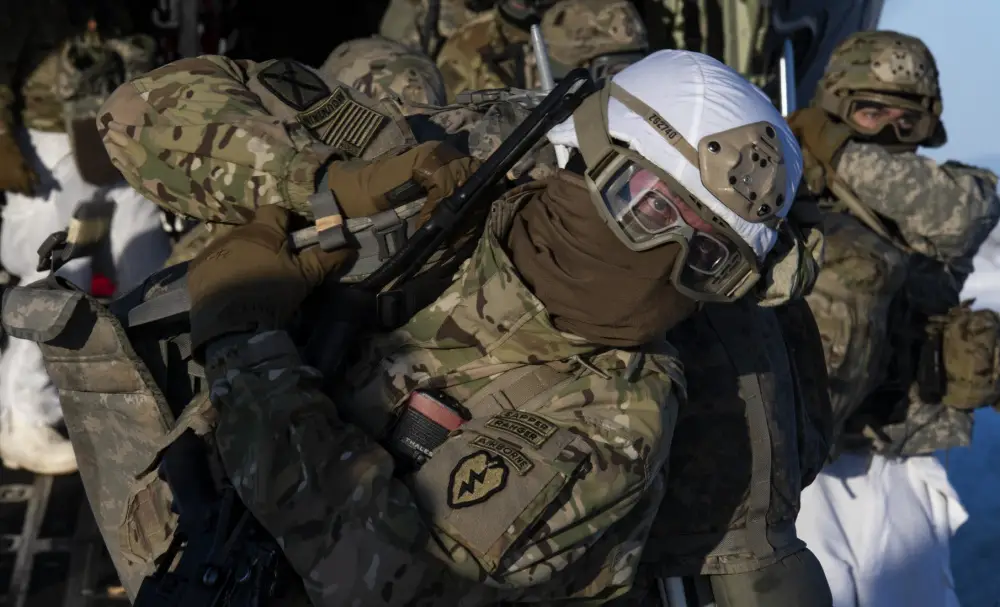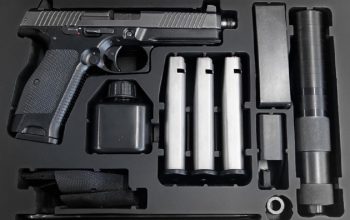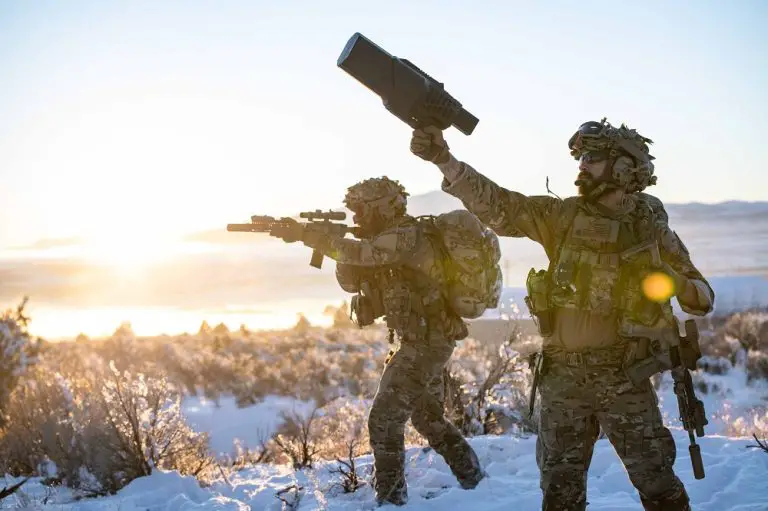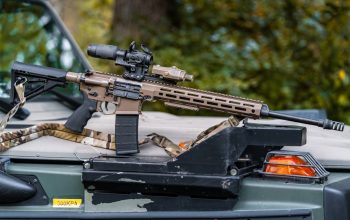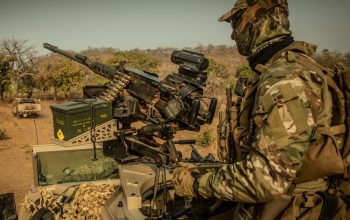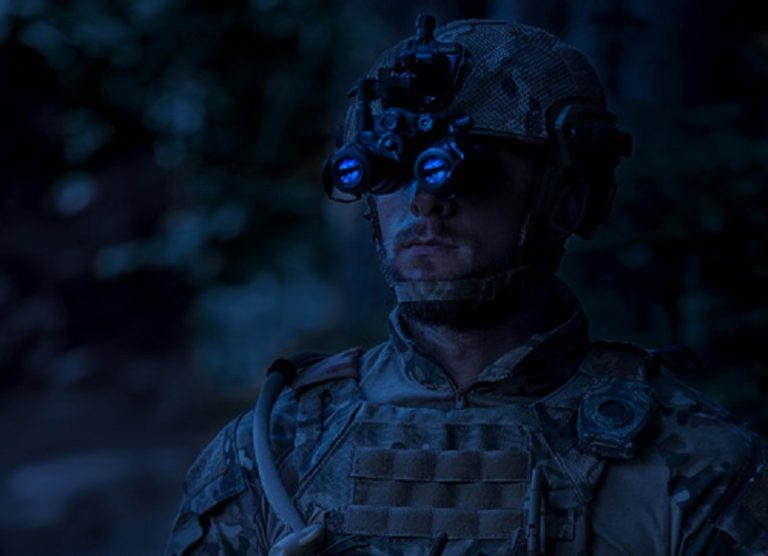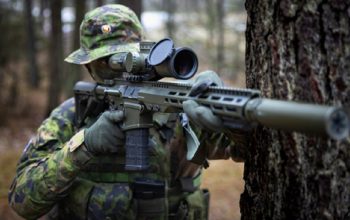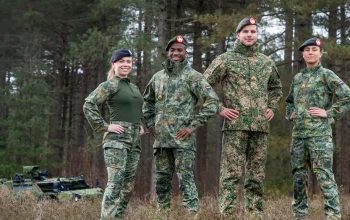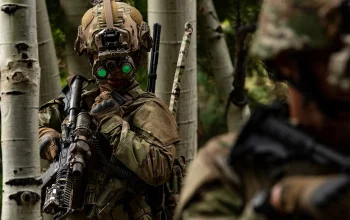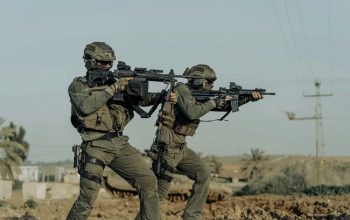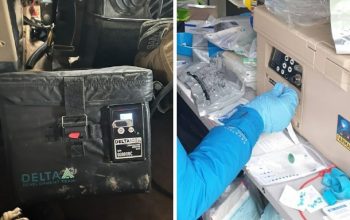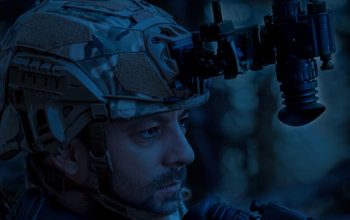Paratroopers of the 4th Infantry Brigade Combat Team (Airborne), 25th Infantry Division, “Spartan Brigade,” began a six month-long study on Joint Base Elmendorf-Richardson, Alaska, using wearable technology to study the resiliency of soldiers operating in an Arctic environment, Jan. 11, 2020. Paratroopers use the real-time data provided by the WHOOP straps and accompanying mobile phone application to measure their daily strain and recovery rates while training in extreme Arctic winter conditions. The Spartan Brigade contracted with wearable technology company WHOOP and scientists from the University of Queensland to conduct a 6-month study of nearly 1,000 paratroopers. The study is organized by the brigade’s digital technology innovation cell, SPARwerx.
“The rigors of Arctic airborne operations take a toll on the human body,” said Col. Chris Landers, the Spartan Brigade commander. “How do we maximize a paratrooper’s effectiveness on the battlefield while dealing with extreme cold and lack of sunlight? We’re called on by our nation to respond with little notice to contingencies around the globe. We don’t choose the time or the place, but we can choose how well we perform when we get there.”
“We are empowering our paratroopers to better understand themselves,” said Command Sgt. Maj. Alex Kupratty, the Spartan Brigade command sergeant major. “This study is all about putting the power of technology and data directly into their hands, so they can truly harness their own potential.”
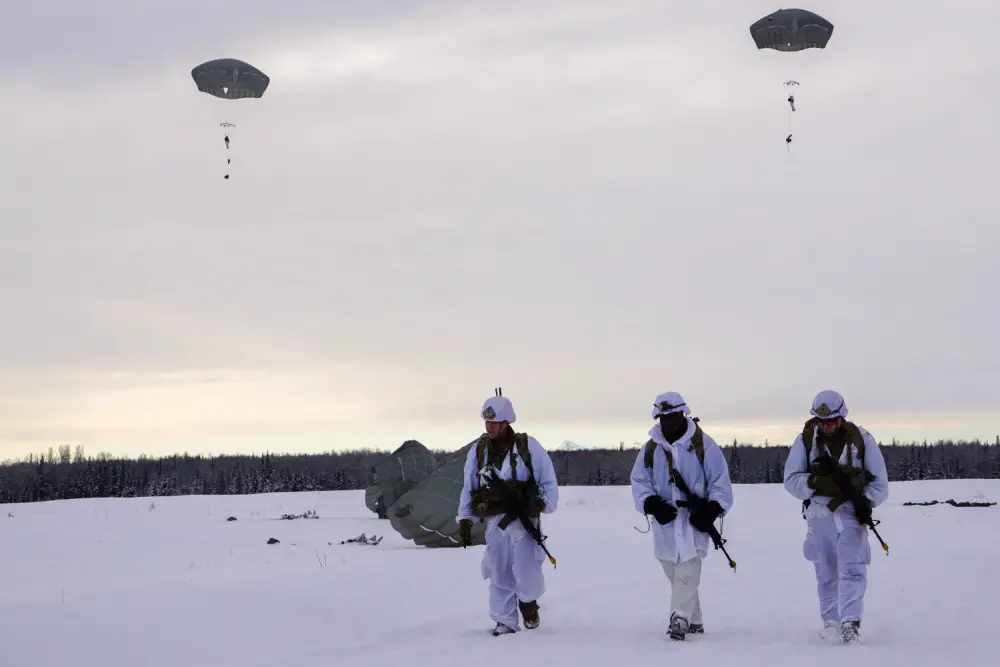
Using adjustable wrist straps, the study captures biometric data on each volunteer participant throughout the workday and while they’re sleeping, providing an analysis of their exertion, heart rate behavior, and sleep quality, all of which is used to determine overall strain and recovery. As the only airborne infantry brigade combat team in the Arctic theater, the Spartan Brigade paratroopers conduct airborne operations in sub-freezing temperatures, during high winds, and with minimal hours of sunlight. Unlike blind studies, the paratroopers participating in this study will each have immediate access to their own data through the accompanying mobile application, and can make decisions using this feedback to improve their personal performance.
Paratroopers will also be provided educational blocks to teach them techniques to maximize their recovery. Partway through the study, a section of participants will be asked to concentrate on three habits: creating a cold, dark space for sleeping; not eating after 7pm, and sticking to a rigid sleep time schedule. Participants can also sign up for social groups, adding a competitive incentive within their peer groups as they compare their strain and recovery numbers every day. All leaders from the squad level and up will have access to their paratroopers’ data, so they can adjust training and operational plans to maximize the health and potential of their teams.
